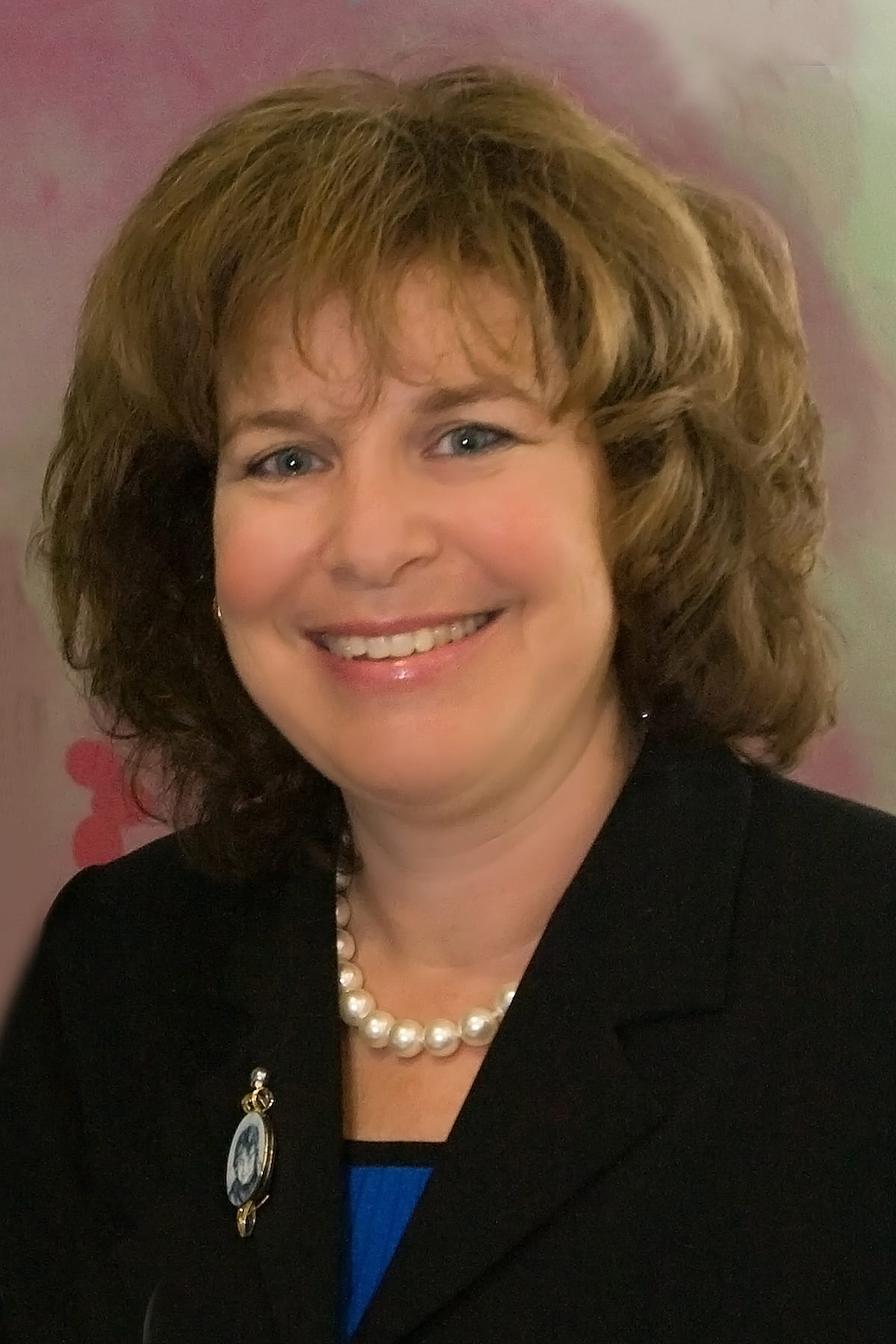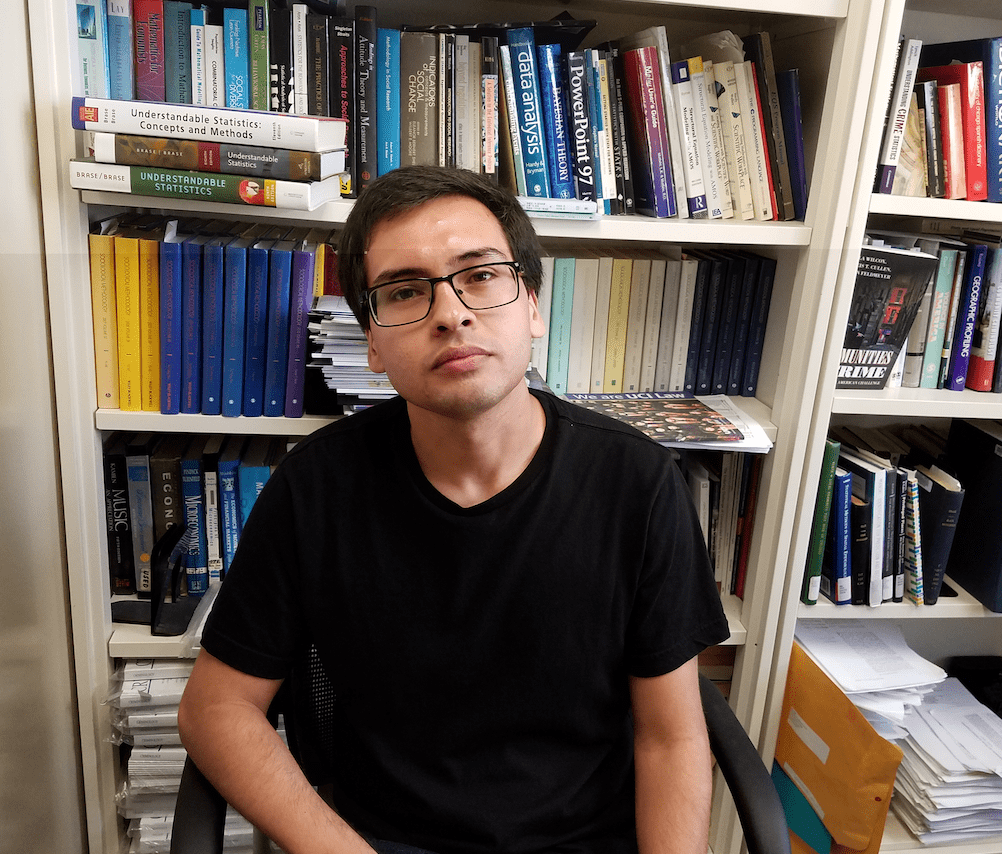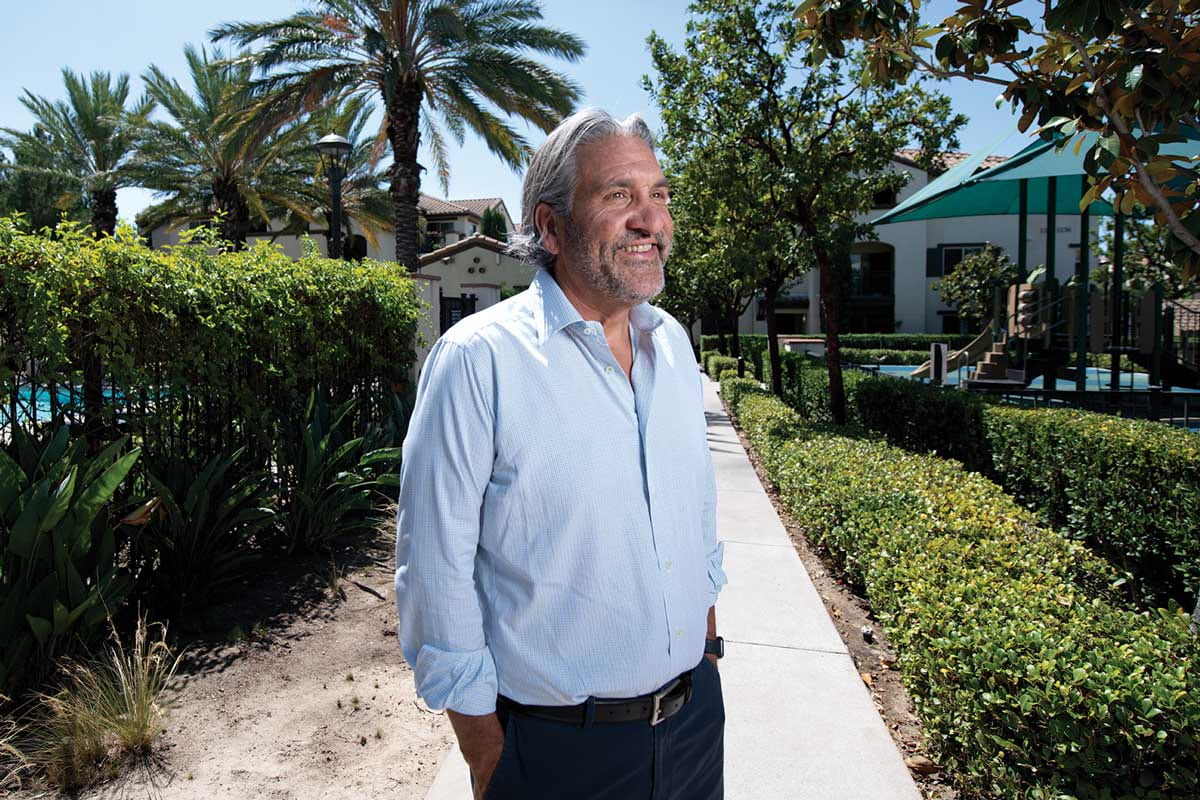
Urban dwelling
The School of Social Ecology’s Livable Cities Lab studies affordable housing, public safety and social enterprise innovations to improve city life
Given that humans have been living in cities for some 9,500 years, you’d think we would have gotten cities right by now. If the residents of ancient Mesopotamia were transported to a modern American city, they would doubtless be astonished by many things – an electrical grid, running water, well-equipped hospitals and speedy automobiles being just a few of the wonders. But they might also be puzzled by the number of citizens whose closest thing to a home is a blue plastic tarp, while actual abodes were placed beyond their reach by unaffordable rents and decadeslong housing shortages.
What would it take to make our cities more livable?
“That’s the question we ask all the time,” says criminology, law and society professor George Tita, director of the School of Social Ecology’s Livable Cities Lab. “To us, a livable city is a place where individuals can thrive in terms of their health, in terms of economic stability, in terms of opportunities to pursue their dreams, in terms of public safety.
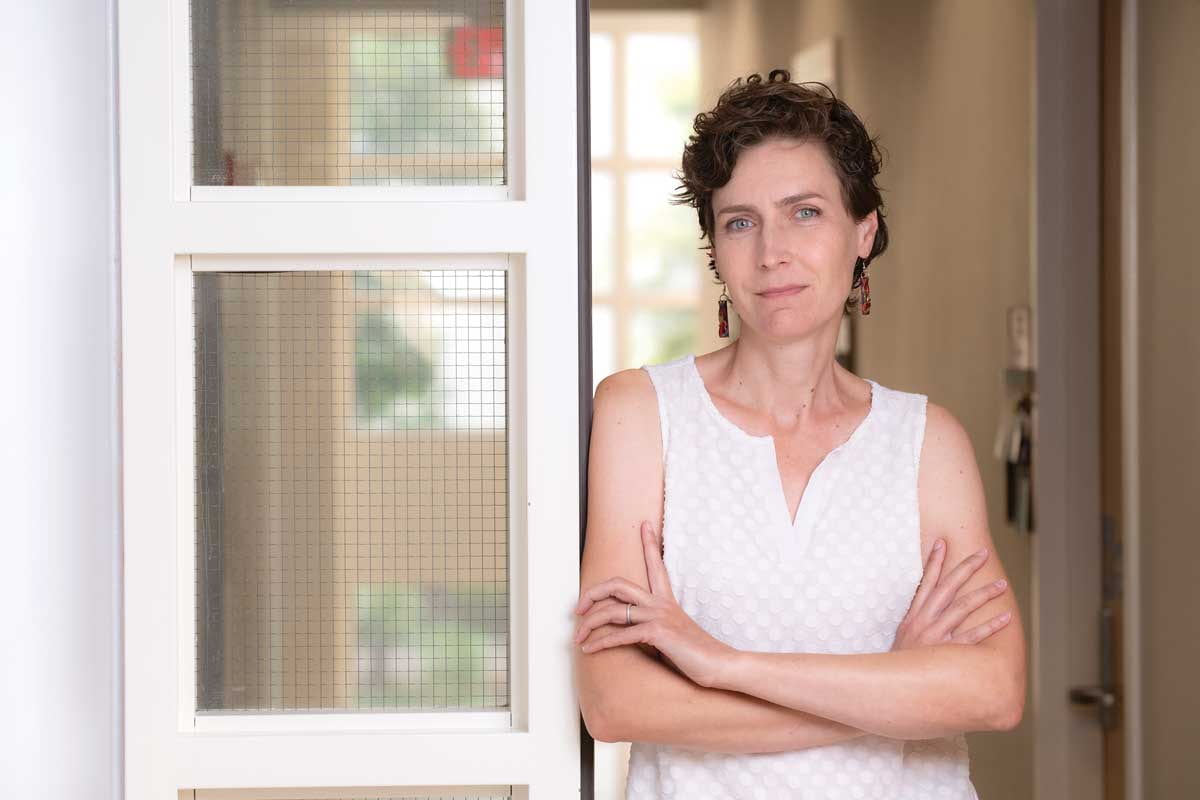
“Obviously, an environment that’s sustainable and has water and resources is important, but housing is fundamental to all of this,” he continues. “If you don’t have a roof over your head, then everything else deteriorates from there. If you’re living on the street, your health needs aren’t going to be met, and you’re exposed to public safety concerns. The largest asset in the world is housing. It is just fundamental to everything that we do.”
The Livable Cities Lab was launched in April 2021, helmed by Tita, with fellow social ecology professors Emily Owens, Susan Turner, John Hipp and David Feldman on board. Its purpose, Tita says, is to come up with research and solutions that address our urban problems. The LCL’s efforts fall into three categories: housing, public safety and social enterprise.
The LCL produced its first major work this June, “The Impact of Affordable Housing on Housing and Crime in Orange County,” and researchers presented its findings during an event in Irvine’s City Council Chamber. Created by Tita, Owens and Hipp, along with graduate students Clarissa Iliff and Seth Williams (all from the Department of Criminology, Law and Society), the study addresses – and debunks – two main concerns raised against affordable housing projects: the beliefs that affordable housing units lower the value of neighboring properties and that they increase crime. According to the study – which garnered a significant amount of press due to its unexpected conclusions – the effect of adding affordable housing to a community is at worst neutral, but more often actually results in increased home values and reduced crime rates.
“We’ve found that to be the case all over Orange County,” Tita says. “But for one example, look at Irvine. It has more affordable housing rental units than any other place in Orange County. What else does Irvine have? It has the tag of being the safest city in America for the last 16 years.”
Support for affordable housing
Researching and releasing the affordable housing impact study is only a first step, Tita says. Next is working with cities and organizations to ensure that the study’s findings are considered when affordable housing projects are discussed.
One such organization is Orange County United Way, a longtime advocate for the county’s unhoused.
Sue Parks, its president and CEO, says: “The Livable Cities Lab has already been such a valuable partner in helping to educate our community on the value of more housing in general but particularly affordable housing, or – as both we and the LCL like to call it – ‘dignified housing.’ Everybody deserves a place to call home.

“There’s so much credibility in what George and his team bring to the conversation, with UCI-based, research-based facts showing that it’s good to have more affordable housing in a community,” she continues. “It improves the livability, which is the whole goal of cities, right? The study is getting people’s attention right now, and it’s going to have huge impact going forward.”
The lab’s Emily Owens has been working with O.C. United Way, she says, “to develop education and training programs to help inform people on what the study found so they can advocate for affordable housing to city councils or planning commissions.
“We’re working on developing an online course where we have modules that people can click on to learn the details of the study, like, ‘Here’s a video of George Tita talking about how the LCL measured crime for the study,’ and then LCL’s John Hipp will have a video where he talks about how we analyzed policing data, so there’s no mystery to the academic, scientific underpinnings of where these results come from,” Owens says.
It’s important work and may produce results over time, but Tita says bluntly: “We are not going to meet our housing needs through new construction – and certainly not in the near term. It’s slow because of regulations, because of delays and permitting, because of labor shortages, because of cost, because of inflation, because of opposition, because, because, because, and meanwhile people are still living on the street.
“We can’t say ‘Oh, my gosh, this is too complex’ and throw up our hands,” he adds. “We need innovative solutions. For one thing, we have a white paper, ‘Breaking Ground,’ which looks at the efforts of Mercy House [a homeless services provider whose funding from the Wells Fargo Foundation helped pay for the study] in repurposing vacant properties owned by faith-based organizations into housing. There are other sorts of vacant properties that should be considered too.”
One idea to alleviate some of the housing shortage would rely on individual homeowners.
“I was talking with Sue Parks, and while we want to put the well-being of the poorest of the poor first, she stressed that there is also a drastic need for workforce housing,” Tita says. “If you look at the cost of housing, unless you’re coming into the workforce at the level of a junior executive, it’s very difficult to afford to live in our local communities.
“Something that used to be a fairly common practice is people with large homes with rooms sitting empty would rent them out at reasonable rates to people starting out in the working world,” he continues. “Lucy Dunn [retired president and CEO] of the Orange County Business Council suggested I talk with business leaders to see if we could come up with an app where businesses could post when they have a new hire who needs to rent a space to live in. It’s in the best interest of businesses, because they don’t want their educated, talented, hardworking employees leaving for greener pastures because they can’t afford to live here.”
Helping People in Crisis
While housing has been the LCL’s primary focus so far, its members are also conducting public safety research for Anaheim, studying the impacts of the city’s Community Care Response Team. It’s an alternative to traditional policing in which a special team of officers, Tita says, “is trained in engaging individuals in distress – whether it’s housing insecurity, dependence on drugs, or behavioral or mental health issues – in a manner that gets them help rather than another mark on their criminal records.”
The team partners with nonprofit social services provider City Net – with the officers primarily brokering the connection between the individual and City Net – to see about getting people a bed and treatment for their issues. “I’m hoping our research into how it’s working can be useful to other Orange County cities considering similar programs for policing people in crisis,” Tita says.
He has spent much of his career studying and addressing the myriad issues of gun violence. Prior to arriving at UCI in 2000, Tita was a policy analyst for the Rand Corp., where he directed a National Institute of Justice-funded gun violence reduction program in Los Angeles. For over 20 years, he has been the lead investigator in a long-term study of homicides in Watts for the Los Angeles Police Department and other agencies.
Noting a recent rise, both locally and nationally, in gun violence and its lethal outcomes, Tita hopes to have the lab conduct a solutions-seeking study soon.
In addition, the LCL is pursuing social enterprise development goals – finding ways in which social ecology-born research and ideas can serve both businesses and the public good. While the effort is still largely in the planning stages, the lab has partnered with local social investors group RevHubOC to search for such opportunities.
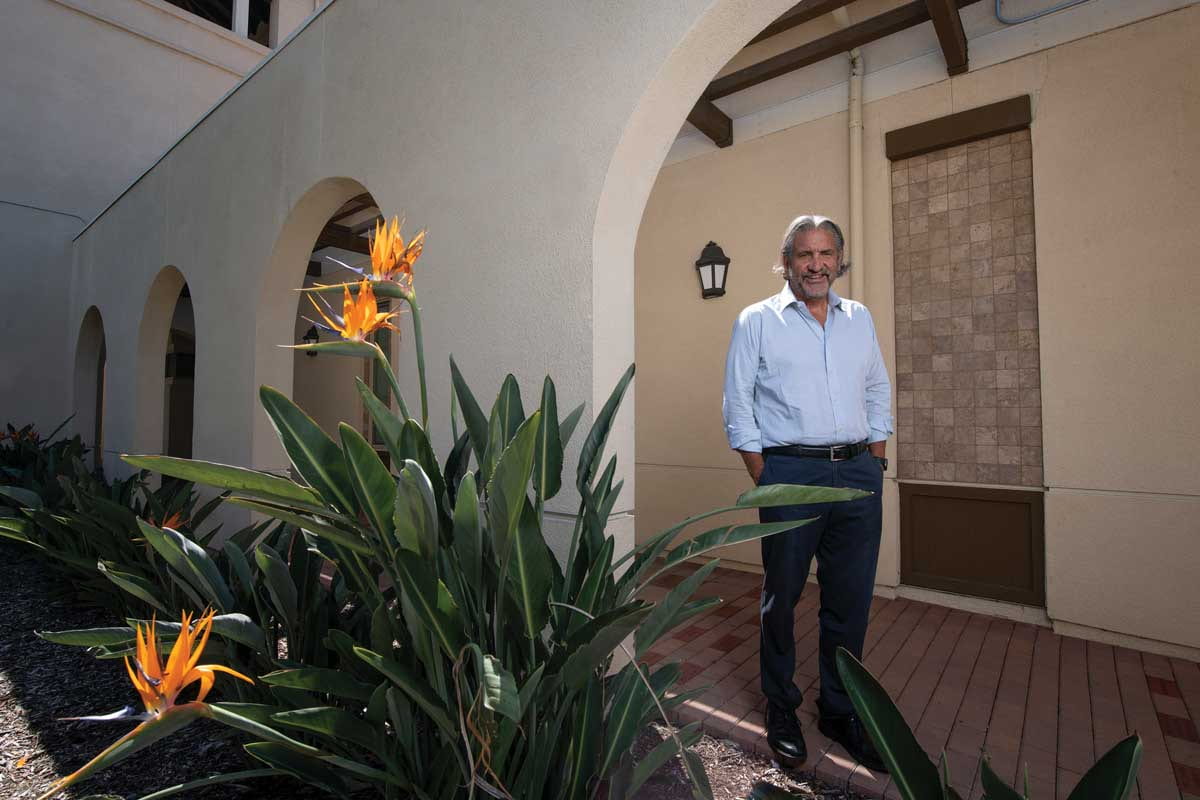
Tita is also excited about discussions he’s been having with a large local developer to establish a new set of standards for measuring housing projects.
“You know how buildings now are LEED-certified to measure their environmental impact?” he says. “We would like to do something very similar to measure the social impact of housing. We’re thinking about what we’d need to look at to measure this: How many first responders are we able to house because of this development? How many homeless have we taken off the street? What have we done to help our residents reduce commuting time, thereby reducing traffic flow? There’s a lot we have to consider.”
Tita believes that whatever solutions the LCL deploys in Orange County should also be applicable in Bozeman, Montana, or New York City. It made sense to start with Orange County cities, since UCI is smack in the middle of them, but also, he says, because of where Orange County is situated. “One of the truisms about living in Southern California is that every problem that ends up becoming an important national problem usually emerges here first, whether it’s immigration, water, housing or other issues,” Tita says. “And California often comes up with policy responses that are later adopted throughout the rest of the country.”
The Integrative Approach
As much as Tita has been the driving force of the LCL, he’s not its instigator. It came to exist under the direction of Nancy Guerra, whose five-year term as social ecology dean ended last year. “She approached me about putting together an effort that would exemplify the ‘science driving solutions’ motto she had for the School of Social Ecology,” Tita says. “She envisioned the LCL as a way to engage with stakeholders, policymakers and researchers from the community, presenting research and solutions to important problems that social ecology was positioned to address, especially those around housing and public safety. For the last couple of years, I’ve engaged with local stakeholders around those issues – always with strong support from the school.”
That support continues with the current social ecology dean, Jon Gould, who took up the reins in January. Tita credits him with being a steady source of insight and direction for the lab.
Gould recalls: “One of the first things I did was get to know each one of our faculty and get a handle on what the centers were doing. The LCL struck me as being emblematic of what our school is about.
“At UCI, we’re all familiar with the Samueli approach to integrative health,” he says. “Well, we’re a school of integrative problem-solving. Our faculty doesn’t just study social problems, they go out into the world and solve them in a collaborative, interdisciplinary, integrative way. The LCL is a perfect example of what this school does best.”
